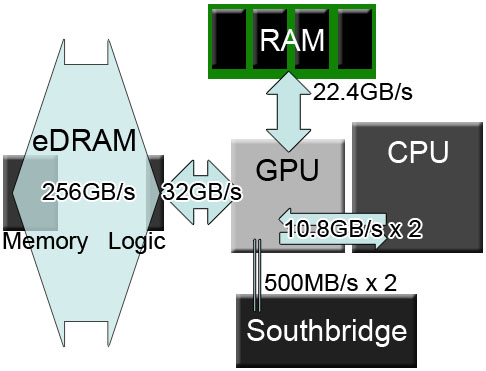SenjutsuSage
Newcomer
So with deferred rendering being so popular now, how does a choice to go with 32MB of ESRAM affect games, even though ESRAM's bandwidth is lower than the 360 EDRAM's bandwidth, or does this not matter as much since you could only use all that bandwidth on the 360's EDRAM under certain circumstances?
Not sure if that's the right question, but I assume there are some advantages to ESRAM.
Not sure if that's the right question, but I assume there are some advantages to ESRAM.


